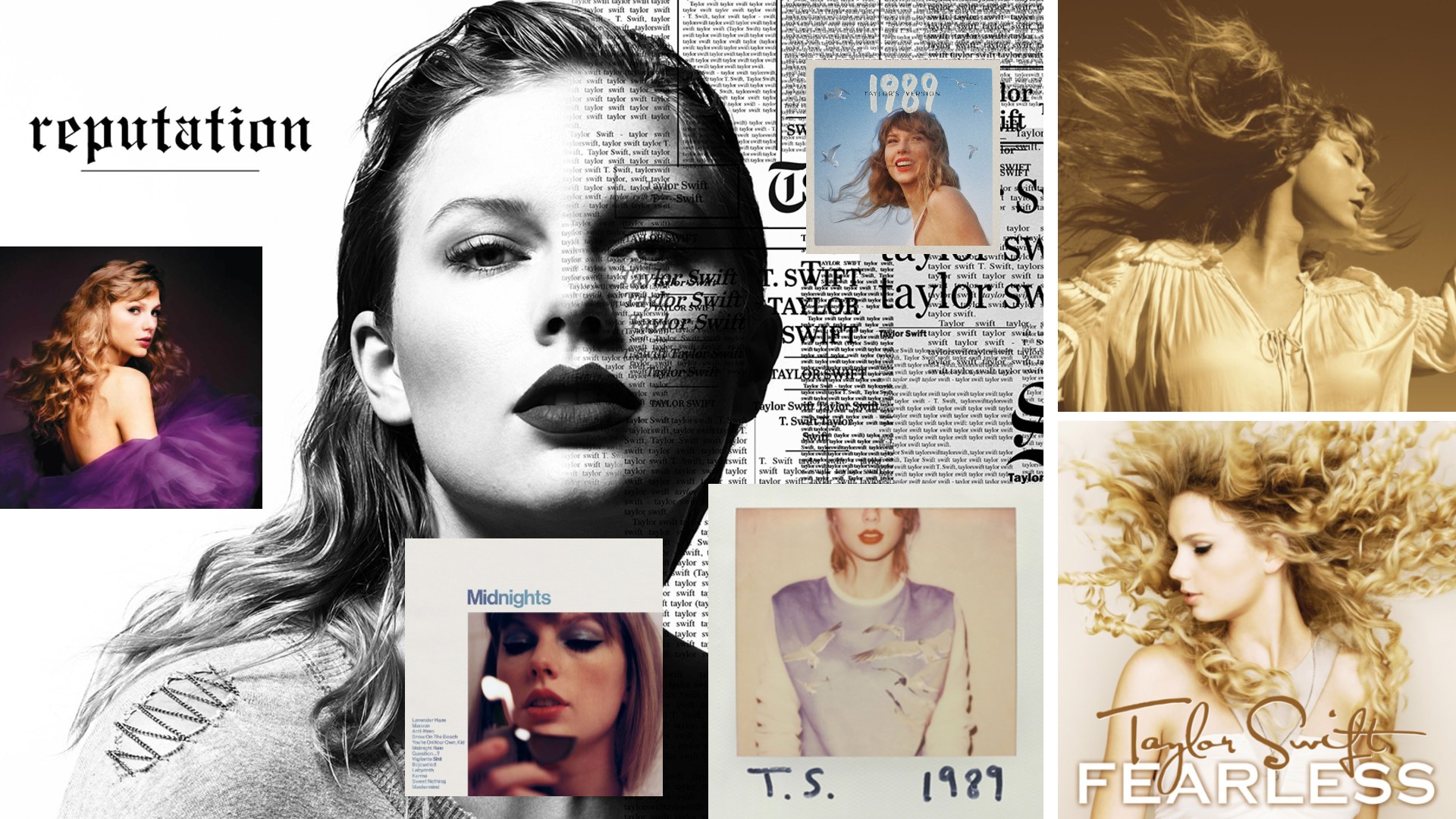Game trailer brings Blade Runner bang up to date
Inspired by Blade Runner, Cyberpunk 2077 is a continuation that is already winning awards – two years before its release.
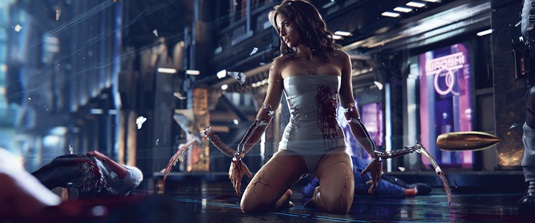
Having previously collaborated on an acclaimed fully CG-animated trailer for CD Project Red’s The Witcher 2 (awards included a Golden Trailer), Warsaw-based CG and digital FX studio Platige Image has again teamed up with the game developer to create a teaser for a forthcoming major release. Cyberpunk 2077 is based on the Cyberpunk role-playing game series written by Mike Pondsmith.
The 3D game trailer was written and directed by Tomek Baginski at Platige Image. We caught up with Platige animation director Maciej Jackiewicz to talk to him about the project’s production.
Q: This is the second collaboration with game developer CD Projekt Red. How was it different to the previous time you worked on The Witcher 2 promo?
The main difference was that The Witcher 2 was a complete game with lots of concepts and finished assets available for us. Cyberpunk 2077, on the other hand, is in a very early stage of development. [The developer has said that it won’t be released until 2015 at the earliest.]
Q: Tell us a little bit about the trailer’s influences. It’s very Blade Runner-esque.
Blade Runner is certainly number one, and we’re also referencing the original Cyberpunk pen-and-paper game a lot. But Cyberpunk 2077 is a continuation set in a different time – technology is more advanced, fashion has changed. As much as we love Blade Runner, we couldn’t get too nostalgic.
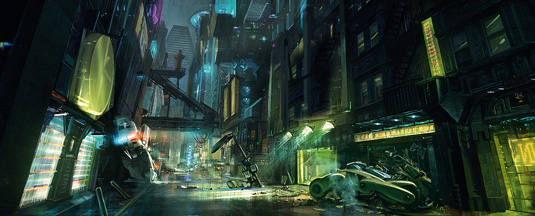
Q: Which tools formed your pipeline?
3ds Max and V-Ray were the core applications. V-Ray worked really well with the Ornatrix hair system, and allowed us to render characters and hair with the same lighting set-up. ZBrush was irreplaceable as a sculpting tool, especially when dealing withhigh- resolution scans. Nuke was our choice for compositing.
Q: How did your use of 3D scanning to create characters derived from real performers affect your approach to character work?
We used 3D scanning for the first time in production, and it changed the way we approached characters a lot. The fact that the girl, the main character, is based on a real person – with all her real qualities and flaws – adds a lot to the final image.
I thought that animation without actual character animation would be a lot easier to complete, but now I see that’s not always the case.
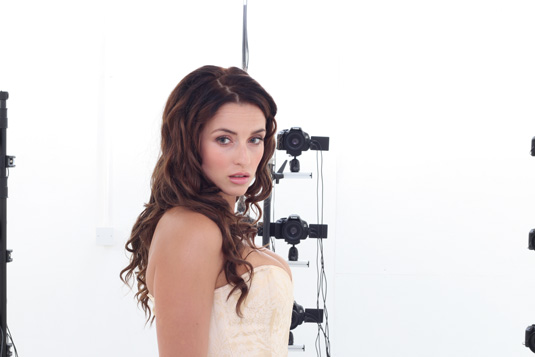
Q: How was the police ship modelled and composited into the scene? How far did it vary from the original concept?
This was one of a few concepts delivered by CD Projekt Red. We didn’t make many major changes – we all liked that this is an old-school design of a ship. As far as I remember, the model started as a ZBrush sculpt. At first, the ship was supposed to be barely visible in the scene, but at some point we decided to add the scanner, which wipes the whole crime scene. It automatically pushed the police vehicle into a more prominent role.
Q: Did you have to develop new techniques for the bullet-smashing effects?
We’ve done a lots of disintegration effects in CG already, such as the collapsing ship in the Witcher 2 trailer. We used the same tools and techniques for the bullets as we did for that – hand-keyed animation combined with Thinking Particles simulations and Fume.
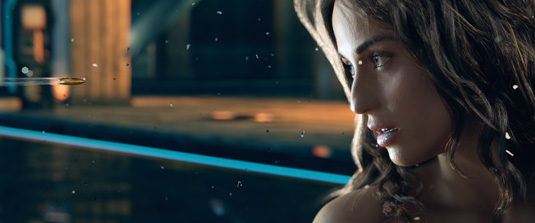
Q: Talk us through how you lit the scenes.
We used V-Ray for rendering, and the lighting was tweaked for each shot: it’s a combination of image-based lighting and dozens of area and rim lights. Some subtle relighting was also done in Nuke. In most of the shots, lights were slightly animated to add moving shadows and reflections, which bring more life to the static scene.
This article originally appeared in 3D World issue 169
Liked this? Read these!
- Top free 3D models
- Best 3D movies of 2013
- Blender tutorials: ways to create cool effects

Thank you for reading 5 articles this month* Join now for unlimited access
Enjoy your first month for just £1 / $1 / €1
*Read 5 free articles per month without a subscription

Join now for unlimited access
Try first month for just £1 / $1 / €1
Get the Creative Bloq Newsletter
Daily design news, reviews, how-tos and more, as picked by the editors.

The Creative Bloq team is made up of a group of art and design enthusiasts, and has changed and evolved since Creative Bloq began back in 2012. The current website team consists of eight full-time members of staff: Editor Georgia Coggan, Deputy Editor Rosie Hilder, Ecommerce Editor Beren Neale, Senior News Editor Daniel Piper, Editor, Digital Art and 3D Ian Dean, Tech Reviews Editor Erlingur Einarsson, Ecommerce Writer Beth Nicholls and Staff Writer Natalie Fear, as well as a roster of freelancers from around the world. The ImagineFX magazine team also pitch in, ensuring that content from leading digital art publication ImagineFX is represented on Creative Bloq.
